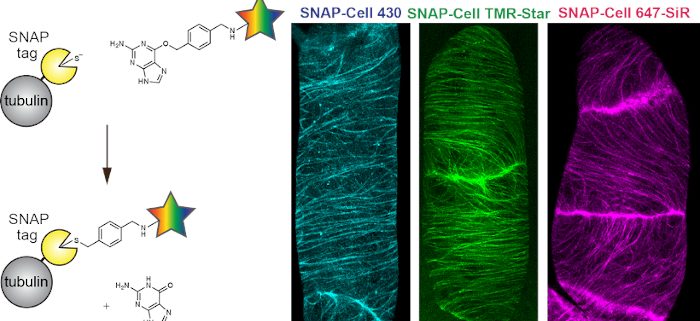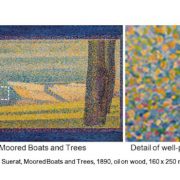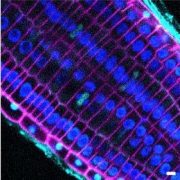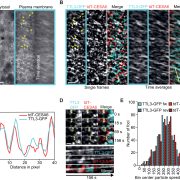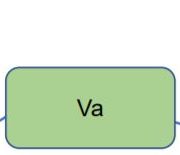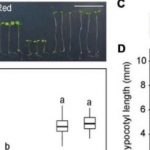Chemical labeling of proteins in live plant cells
Iwatate et al. demonstrate that SNAP-tag technology can be used to label plant cell proteins.
Plant Cell https://doi.org/10.1105/tpc.20.00439
By Ryu J. Iwatatea,b, Akira Yoshinaria, Noriyoshi Yagia, Wolf B. Frommera,c, and Masayoshi Nakamuraa
a Institute of Transformative Bio-Molecules (WPI-ITbM), Nagoya University, Chikusa, Nagoya 464-8601, Japan
b School of Medicine, Nagoya University, Showa, Nagoya 466−8550, Japan
c Institute for Molecular Physiology, Heinrich-Heine-University Düsseldorf, Düsseldorf 40225, Germany
Background: Chemists have, and continue to, develop a wide range of chemical dyes that could have tremendous utility for cell biology and cancer research. Kai Johnsson’s lab has developed tools that allow the dyes to tag specific proteins in vivo through covalent bonds. One such self-labeling technology is SNAP-tag. This approach has multiple advantages over fluorescent protein technology. However, it appears that the plant field has not been able to get self-labeling of proteins to work.
Question: We set out to apply SNAP-tag technologies to plant biology.
Findings: We successfully tagged two different proteins, tubulin and the auxin transporter PIN2, with multiple dyes, demonstrating that SNAP-tagging functions efficiently in plant cell cultures and intact Arabidopsis seedlings.
Next steps: Chemical-labeling techniques expand the options for multicolor labeling and enable the use of novel dyes with reporting functions, such as pH sensors, or compounds suitable for super-resolution microscopy.
Ryu J. Iwatate, Akira Yoshinari, Noriyoshi Yagi, Marek Grzybowski, Hiroaki Ogasawara, Mako Kamiya, Toru Komatsu, Masayasu Taki, Shigehiro Yamaguchi, Wolf B. Frommer, and Masayoshi Nakamura. (2020). Covalent Self-labeling of Tagged Proteins with Chemical Fluorescent Dyes in BY-2 Cells and Arabidopsis Seedlings. Plant Cell; DOI: https://doi.org/10.1105/tpc.20.00439


